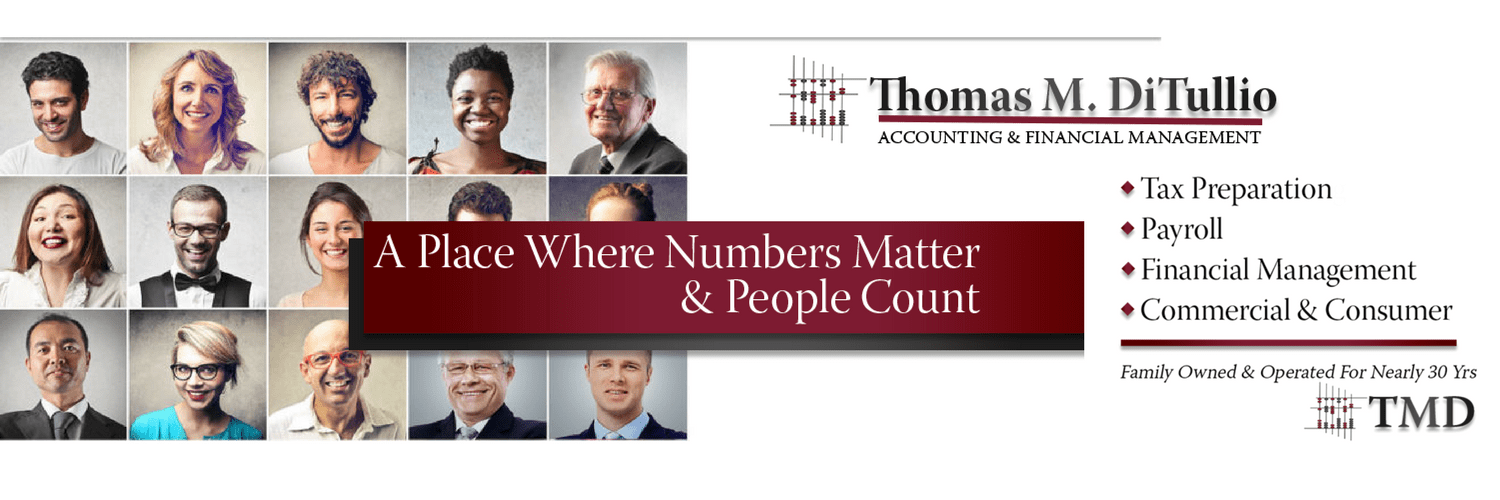What Is The Biggest Expense For A Restaurant In South Jersey?
When it comes time to budget for your new restaurant, you need to understand those expenses. Some of the apparent expenses are labor and food costs. Plus, there are other expenses that you need to consider, such as utilities, equipment upgrades, capital improvements, and supplies. If you want to know the biggest expense for a restaurant in South Jersey, keep reading this article.
Several Expenses To Consider
Once you open your restaurant, there will be no shortage of expenses. The mortgage, leases, and insurance costs are often fixed. However, others can fluctuate, like utility bills, food costs, and hourly wages. Along with that, you need to think about those unanticipated expenses. A clogged pipe, food spoilage, and broken equipment will cause a well-planned budget to go off track. When it comes time to create a restaurant’s budget, consider all of those costs to avoid future financial trouble and help better manage your expenses.
Determine the Fixed Expenses
When you list your fixed expenses, you know they fluctuate from month to month. These expenses include loan payments, mortgages, and rent costs. Salaried labor can even fall into this category. Other fixed expenses include membership fees, license fees, and insurance premiums. In many situations, fixed expenses are only paid once per year, but you need to keep them in the budget to account for those costs.
Note the Fluctuating Costs
There are many fluctuating costs in the restaurant industry, including hourly wages, utilities, and food prices. With the start-up of a new restaurant, it can be challenging to predict fluctuating costs accurately. After a few weeks or months, you will be able to better budget for all of those costs, based on the sales in your restaurant.
The Biggest Expense for South Jersey Restaurants
For any restaurant, food and labor are the most significant expenses. You don’t want to focus on the hard number but look at the percentage. For example, you might want to keep your food costs to less than $5,000 per week. You can reframe that by focusing on the percentage. Create a goal that food supply orders shouldn’t be more than 30 percent of your weekly sales. You want to do the same for your labor costs. Make sure to keep that labor at less than 30 percent of your restaurant’s total revenue. Keep in mind that there will be some weeks when your costs and sales could dip or rise. With that, your percentage might not exactly match up with the 30 percent goal.
If your labor and food costs are more than 30 percent of your sales, it is more than likely that the restaurant will remain profitable. It can take a few weeks or months for those new restaurants to see a trend develop for their weekly sales. New restaurant owners need to track their spending during those first few months after opening. When you need a bit of assistance, small business accounting services can help you track all of those expenses.
Keeping All Costs in Check
Unfortunately, you might find out that your costs are rising, but there is no corresponding boost in your profits. When this happens, it can be concerning, and you need to make a few changes. You might want to cut back on your food orders or reduce payroll expenses. While you need staff members and supplies to keep the doors open, trimming down those expenses can help lower your costs below that 30 percent mark.
There are a few ways to make those cuts. You will want to review the food order before submitting it. Some items might not be needed for the kitchen. Take time to check those schedules for the staff. Some weeks might be oversaturated with crew members. Your managers are often not prudent with money. For that reason, you need to have a handle on your expenses. If you want to outsource the job, make sure to connect with an experienced accountant or bookkeeper.
You should also check out those other areas in your restaurant. Make sure that supplies are being used and not wasted. When you reduce spoilage in the kitchen, it can also help to save money. You can outsource some jobs for your restaurant. For example, if you are paying staff to do the laundry, consider looking into a cheaper alternative by outsourcing the work.
Costs will vary depending on the type of restaurant. Food trucks have fewer labor costs than a traditional family-style eatery. Those food costs will be higher for a fine-dining restaurant than a hot dog joint. For that reason, you want to focus on the percentages rather than a dollar amount when you need to plan a budget.
Issues for South Jersey Restaurants
New Jersey is not known for being friendly to businesses. Remember to budget the fees and other costs for municipal licenses. If you don’t plan for these expenses, you could be blindsided when going through the proper regulatory procedures.
Many restaurants in New Jersey have opened as bring your own bottle (BYOB) establishments. With that, you can avoid the liability and expenses of a liquor license. If you want to serve alcohol in the restaurant, you will need to obtain a permit, which is another expense. Plus, you may want to pay for your employees to get a certificate to serve alcohol to the customers.
Along with these costs, think about hiring an attorney and accountant. These professionals should be familiar with the hospitality industry. They can help educate you on food costs and liquor distributors to save on expenses. You want to ensure that you join the New Jersey Restaurant and Hospitality Association to connect with other professionals in the industry.
Need an Accountant for Your Small Business?
If you are opening a new restaurant in South Jersey, you need to find an experienced accountant. At TMD Accounting, we have over 40 years of experience helping small business owners with financial management, tax services, and payroll. You can schedule a consultation by calling 1-856-228-2205.


